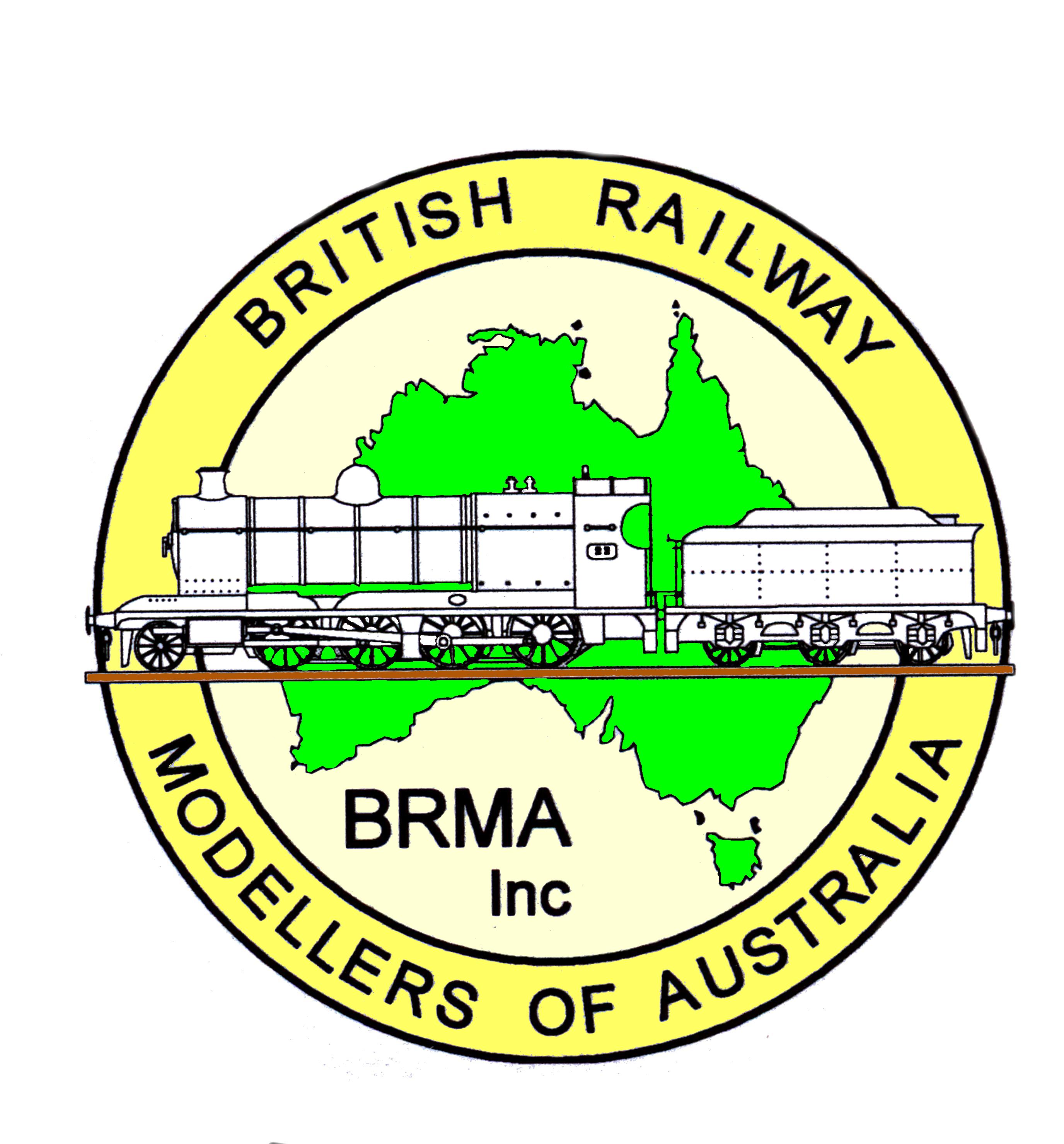NSW - 1093 - St Enodoc - Synopsis
NSW - 1093 - BRMA British Layouts - "St Enodoc" GWR 1950's DCC 4mm/OO 1:76
St Enodoc represents a station on the British Railways Western Region Newquay branch in Cornwall in the 1950s, modelled in 4 mm scale 16.5 mm gauge (00). It is the third layout to bear the name St Enodoc - the first was a simple branch terminus, and the second a double-track main line junction. St Enodoc was in reality a Cornish saint whose church lies half-buried by sand dunes opposite Padstow on the Camel estuary, and which is the resting place of the late Poet Laureate Sir John Betjeman.
The layout is based on the real-life Bugle station, with its passing loop and branch to the local china-clay works. This is one of those relatively rare locations in Great Britain where express passenger trains can be run legitimately over a single-track branch, Newquay being a popular holiday resort with through trains on summer Saturdays to and from all parts of England and Wales.
At the back of the layout are two dead-end fiddle yards linked by a single through track for continuous running. The entire layout measures 2.8 m x 2.2 m with a central operating well and can be dismantled, which allowed the room in which it used to be sited to be used as a spare bedroom.
Baseboards are made from ply, with 1/8 inch cork as a trackbed. The track itself is SMP, with hand-built points using printed-circuit board timbers and operated by SEEP point motors powered through DCC Concepts Masterswitches. The ballast is from Chuck’s Ballast.
St Enodoc is fully signalled with the signals being built from Ratio kits fitted with Scalelink etched brass arms. All the signals, including the ground discs, are operated by memory wire actuators built using Bic Clic ballpoint pen parts. St Enodoc signal box lever frame is made up from 30 ex-Post Office key switches, which provide full electrical (although not mechanical) interlocking between points and signals.
The rolling stock is a mixture of kit built and modified ready-to-run items, and is fitted with DG delayed-action autocouplings. These are operated by home-made electromagnets consisting of fine enamelled wire wound on sewing machine bobbins.
Structures and buildings are made from plastic kits or scratchbuilt from plastic sheet, but landscaping is yet to be started.
The layout is operated by DCC using NCE equipment, allowing the roles of driver and signalman to be separated. Operation follows a sequence timetable derived from the real-life working timetable for a summer Friday in 1952. Goods trains are run using a system based on playing cards and dice to determine the destination for each wagon on the layout.
St Enodoc has recently been re-erected following a house move, and will form part of a new larger layout including the main line junction and branch terminus as well.
